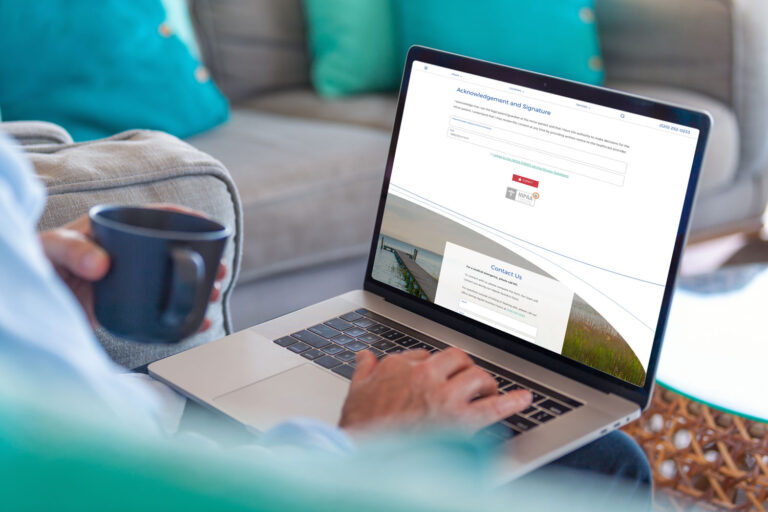If video wasn’t much a part of your life before the COVID-19 pandemic, it’s likely a daily part of it now. Video conferencing, webinars, even live TV segments from the homes of personalities and their guests have become the norm. Not only are virtual encounters changing the way people connect, they’re becoming what people expect.
You’ve likely implemented telehealth appointments and are utilizing video in some capacity, but have you considered using video in other ways to connect with your patients and referral streams? If not, you are missing out on an opportunity to build brand loyalty and top-of-mind awareness when so many are seeking information online. Viewers retain 95 percent of a message when they watch it in a video compared to only 10 percent when reading it in text. People are also twice as likely to share video content with their friends than any other type of content.
5 Ways to Connect Through Video
Virtual Tours
Give your patients a tour of what it will look like when they come into the office for their next appointment. Are you conducting health screenings at the door, requiring a one-way route through the office or setting up a sanitization station? Include staff waving at the camera while you walk through the office or even making a quick comment, like “see you soon.” Be sure everyone is wearing their PPE and the office is clean and tidy.
Instructional How-Tos
Create a series of video tips. For hearing aid care, show patients how to clean their devices or change wax guards. Create a list of frequently asked questions you can answer. Sending people to your website for these helpful videos not only saves you time, but increases traffic and time spent on your site, which will help improve your organic search rankings.
Educational Presentations
Consider hosting an educational seminar. If you previously scheduled lunch and learns to share information to prospective patients, then do the same thing virtually. Be sure to promote your event by sending out invitations through email and social media to ensure attendance. It’s recommended to require attendees to share their contact information during registration so you can follow up with them. A live video conference can also be an efficient and effective way to connect with referring providers. Order lunch delivered to their office while you present.
Topical Commentary
Create a short video on some of the services you provide. Walk people through a hearing evaluation or hearing aid fitting, explain your allergy testing and treatment procedures or have a physician talk about the benefits of Balloon Sinuplasty. You can also offer commentary related to topics in the news. For example, show people different ways they can put on a facemask while wearing BTE hearing aids. You are an industry expert and people look to you for advice.
Testimonials
Happy patients become your brand advocates. Let them share their story. Other people with similar health issues can relate to the challenges they faced prior to treatment and will be more inclined to schedule an appointment. Be sure you have them sign a video release so they understand how the video will be used.
Where Do I start?
You don’t have to spend a lot of time or money to be successful at creating videos. Although professionally shot videos are ideal for an introduction to the practice, there are easier and more cost-effective ways to share your message. Mobile phones can shoot high-quality video that can be easily edited within the device and/or third-party apps.
Video Production Tips
- Identify a well-lit, quiet location for recording. The light source should come from the front. Do not sit in front of a window where the light source is coming from behind.
- Use a tabletop tripod to hold your phone while recording. These can be purchased online for $20-$30.
- Test the audio on your video. If you have concerns about the sound quality, you can purchase an inexpensive lavalier mic to connect with your phone for around $20.
- Keep it short. Videos with the most engagement are typically less than two minutes in length.
- Prepare questions in advance so you can speak candidly. You’ll want to avoid reading a script since if can sound unnatural.
If you don’t already have a YouTube channel, you may create one for your practice – it’s free. Once this is set up, you can upload your videos and easily share them through email, social media and your website.
Just like anything, the more you do it, the more comfortable you’ll get. People prefer personality over perfection so be relatable and don’t worry if you mess up. Start with the most relevant topics and slowly work on building up your library. With each video you can incorporate viewers’ feedback, figuring out what content to focus on by what gets the most comments and shares.
For more helpful information on video production, please view our webinar Video Production for the Audiologist presented by Rose DuLude, PhD, CCC-A.


